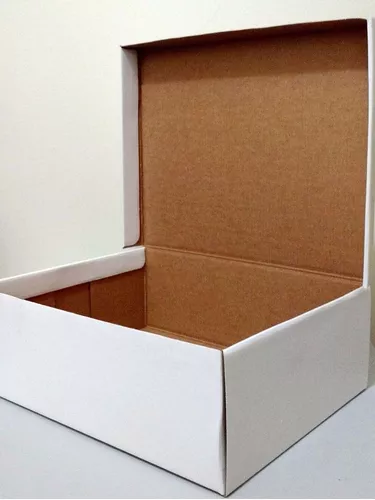terminator 87
- 8
- 0
UV causes dryness of plastic and rubber and lights have UV so keeping it in the dark away from light inside boxes prevents this but notice this photo where the box where the arrows are marked the clarity q enters this region of the closed box is enough for the long term the UV of this clarity dry out plastic and rubber objects and items q are inside the box?
photo: https://ibb.co/QjD2yCK


photo: https://ibb.co/QjD2yCK
